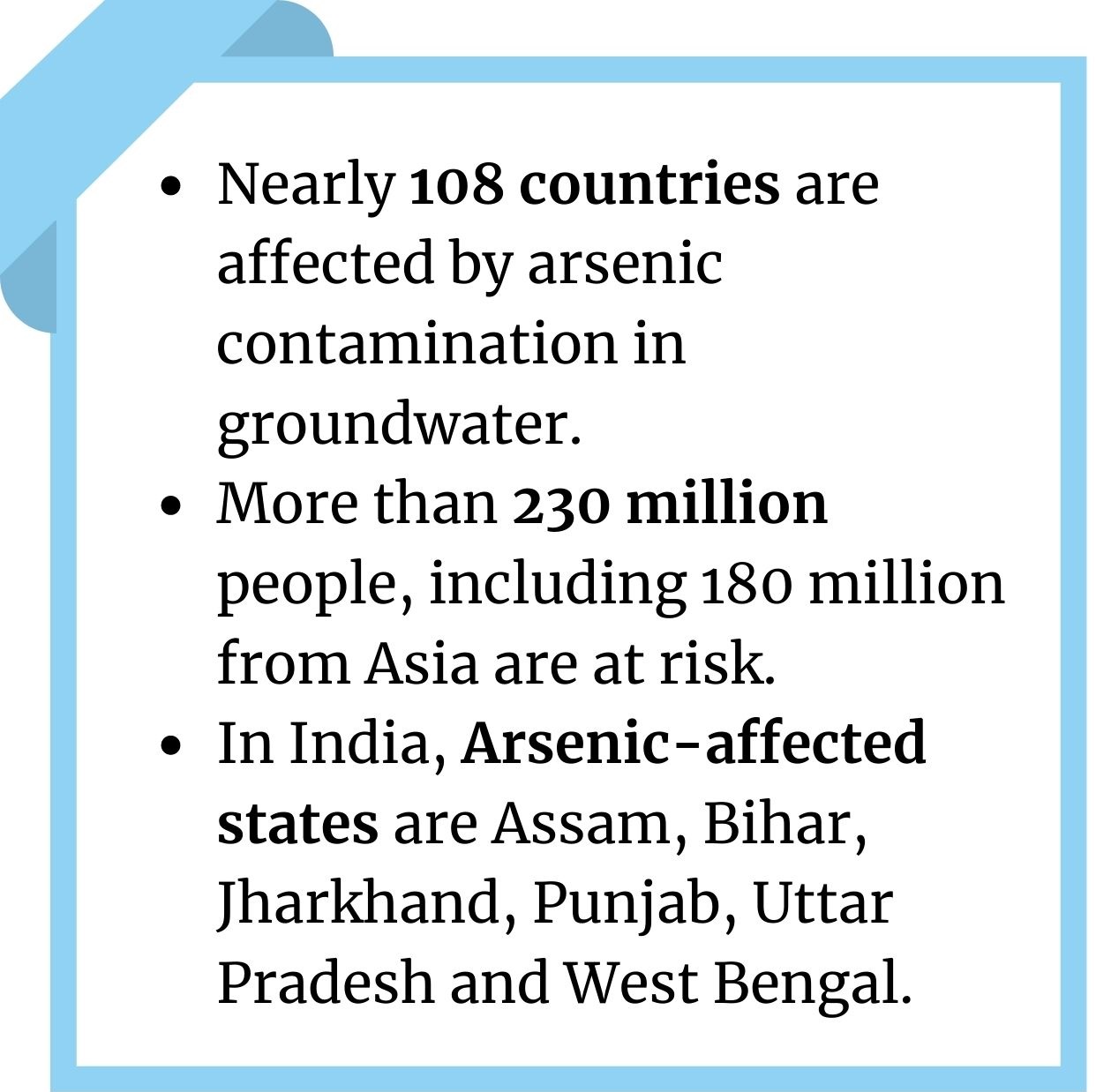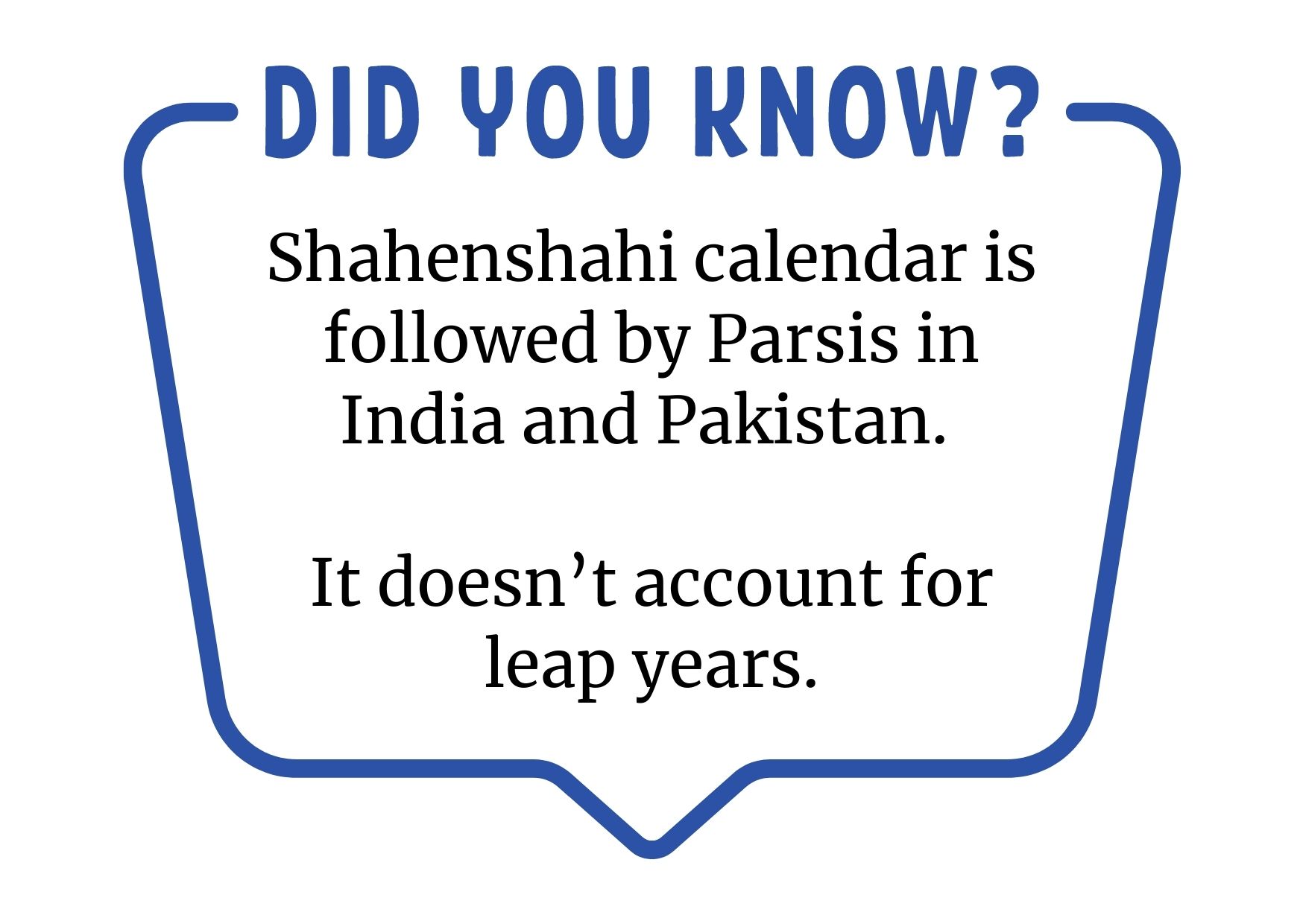Under Jal Jeevan Mission (JJM), while allocating the funds to States/ UTs, 10% weightage is given to the population residing in habitations affected by chemical contaminants including Arsenic.

Reference
Hypersonic Missiles
The Russian Ministry of Defence announced that it had used a hypersonic aeroballistic missile for the first time in the war with Ukraine.
|
Types of Hypersonic Weapons Systems |
|
|
Hypersonic Glide Vehicles (HGV) |
Launched from a rocket before gliding to the intended target. |
|
Hypersonic Cruise Missiles |
Powered by air breathing high speed engines or ‘scramjets’ after acquiring their target. |
Kinzhal Hypersonic Missile
Reference
BS-VI
The Supreme Court permitted the registration of BS-VI (BS6) light and heavy diesel vehicles used for public utility and essential services.
Difference Between BS4 and BS6
Mashelkar Committee 2002
Reference
Navroz
The Prime Minister of India has greeted the people on the occasion of Navroz or Nowruz (21 March 2022).

In 2009, Navroj was listed in the list of UNESCO Intangible Cultural Heritage of Humanity of India.
Reference
Kalanamak Rice
Reference